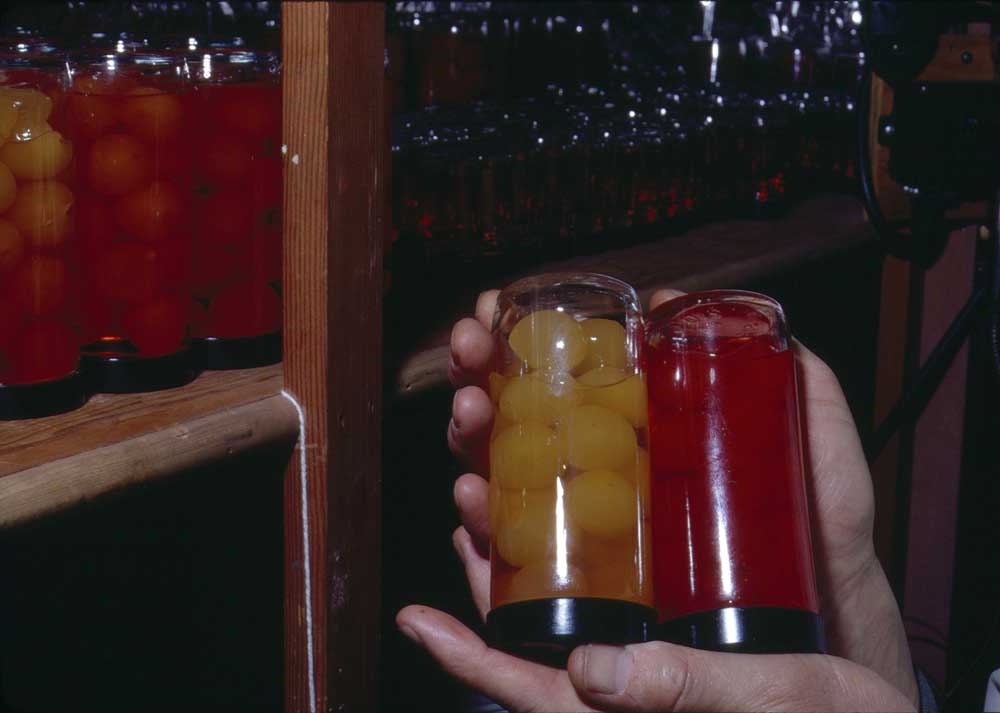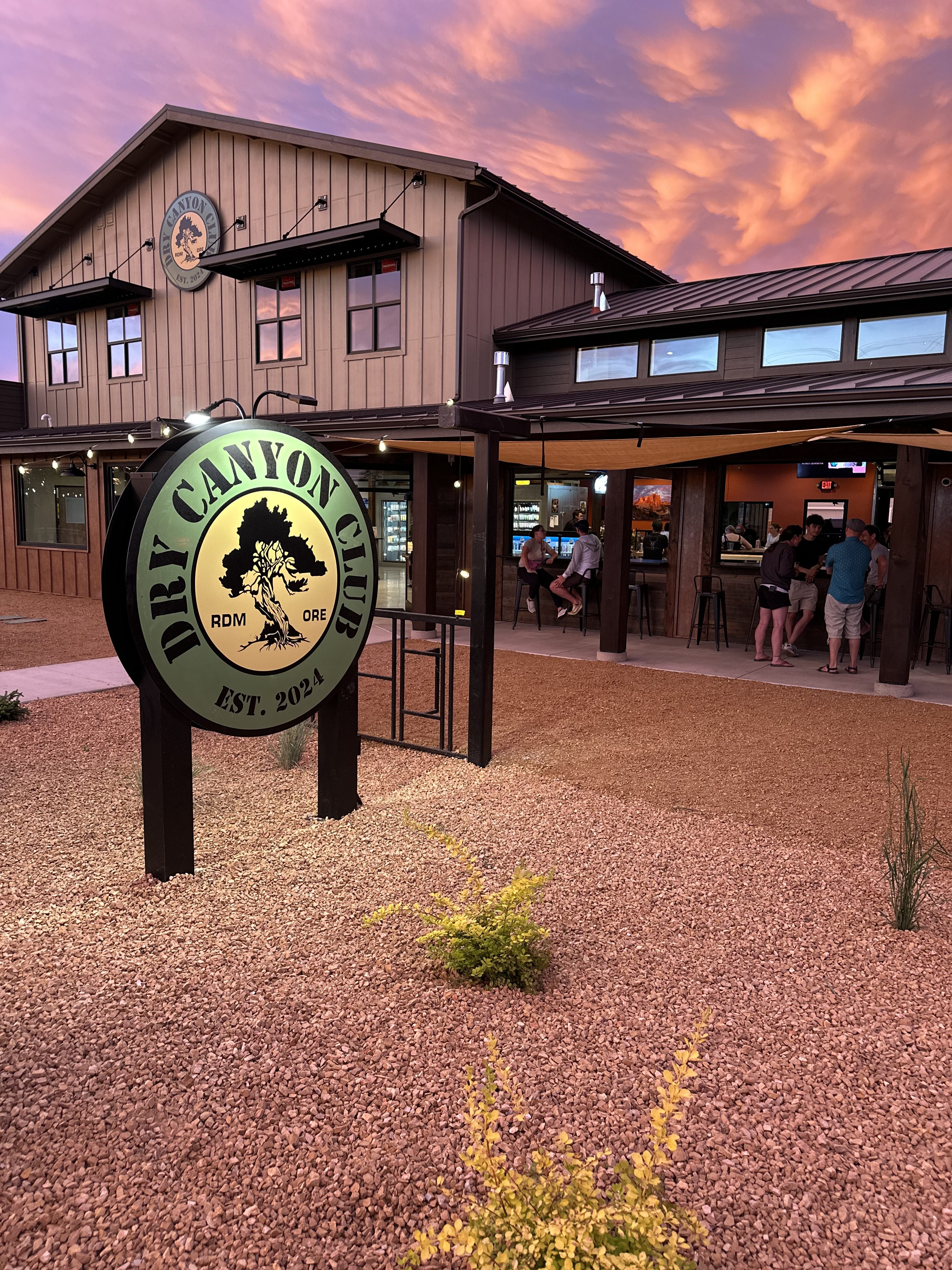Offbeat Oregon: Iconic foods invented in Oregon include Maraschino cherries
Published 2:00 am Tuesday, December 12, 2023

- Small test jars of modern-process Maraschino cherries, in storage at Oregon State University in 1971.
Editor’s note: This is the first of a multi-part installment on iconic foods with roots in Oregon.
Trending
The Christmas shopping season is in full force and folks are getting ready for some serious holiday eating.
Most likely, that festive feasting won’t include many of the things on this list. Although inventors from the Beaver State have had a big impact at the grocery store, most of what they’ve created would be a bit out of place at a Christmas dinner.
The big exceptions are the products created by scientists at Oregon State University: Marionberries for pie, and modern-process Maraschino cherries for holiday punchbowls. So let’s start with those.
Trending
Modern Maraschino cherry, 1929
Maraschino cherries originally came from Italy, where a particularly nasty variety of wild cherry called a “marasca” grows. Marascas, fresh from the tree, are sour and bitter. But over the years locals figured out that they could be made into a particularly scrumptious kind of liqueur. Even better, when whole Marasca cherries were pickled in that liqueur, they became delicious.
The cherries caught on with high-society drinkers, who loved them in cocktails. The problem was, like a lot of wild fruits, marascas aren’t prolific. So the cherries were very expensive.
Various other types of cherries were tried, both for the fruit and for the liqueur, and some non-alcoholic formulas were developed as well. Most of these faux-aschinos were pretty bad. Writer Inara Verzemnieks found a number of articles from early-1900s newspapers complaining about their quality.
Then along came Prohibition. With it, the original Italian ones became unobtainable.
Meanwhile, cherry growers in Oregon were trying to figure out how to get into the market with a proper, non-alcoholic Maraschino cherry made with a safe and reliable industrial process. The climate in the Willamette Valley is nearly perfect for growing cherries, but the ones that grow best there are big, sweet, juicy ones that break down into mush and turn unappetizing colors when pickled or preserved.
One particularly disgruntled cherry grower happened to be a brother-in-law of William Jasper Kerr, the president of Oregon Agricultural College (now Oregon State University). The college had just hired a hotshot horticulture professor named Ernest Wiegand a few years earlier, so Kerr put the problem before him.
Wiegand basically spent the second half of the 1920s working on it, trying various formulas to get the cherries right. In the end, he figured out that certain calcium salts would firm the cherries up. One of Wiegand’s colleagues, Bob Cain, developed a technique for safely bleaching the cherries so that they would end up ghost-white, ready to be dyed with food coloring (or, in the case of more recent offerings, extracts of beetroots and other natural colorants).
And with these twin breakthroughs, Oregon became the dominant player in worldwide Maraschino cherry production.
Sources
The Fruit that Made Oregon Famous,” an article by Inara Verzemnieks published in the April 16, 2007, issue of the Portland Oregonian.
“The Tater Tot is American Ingenuity at its Finest,” an article by Kelsey McKinney published in the 2017, issue of Eater magazine
“How Two Oregon Brothers’ Efforts to Mitigate Food Waste Created the Tater Tot,” an article by Heather Arndt Anderson published by Oregon Public Broadcasting in 2022
“A Classic American Concession was First Fried in Oregon,” an article by Meagan Cuthill published by Oregon Public Broadcasting in 2022.








